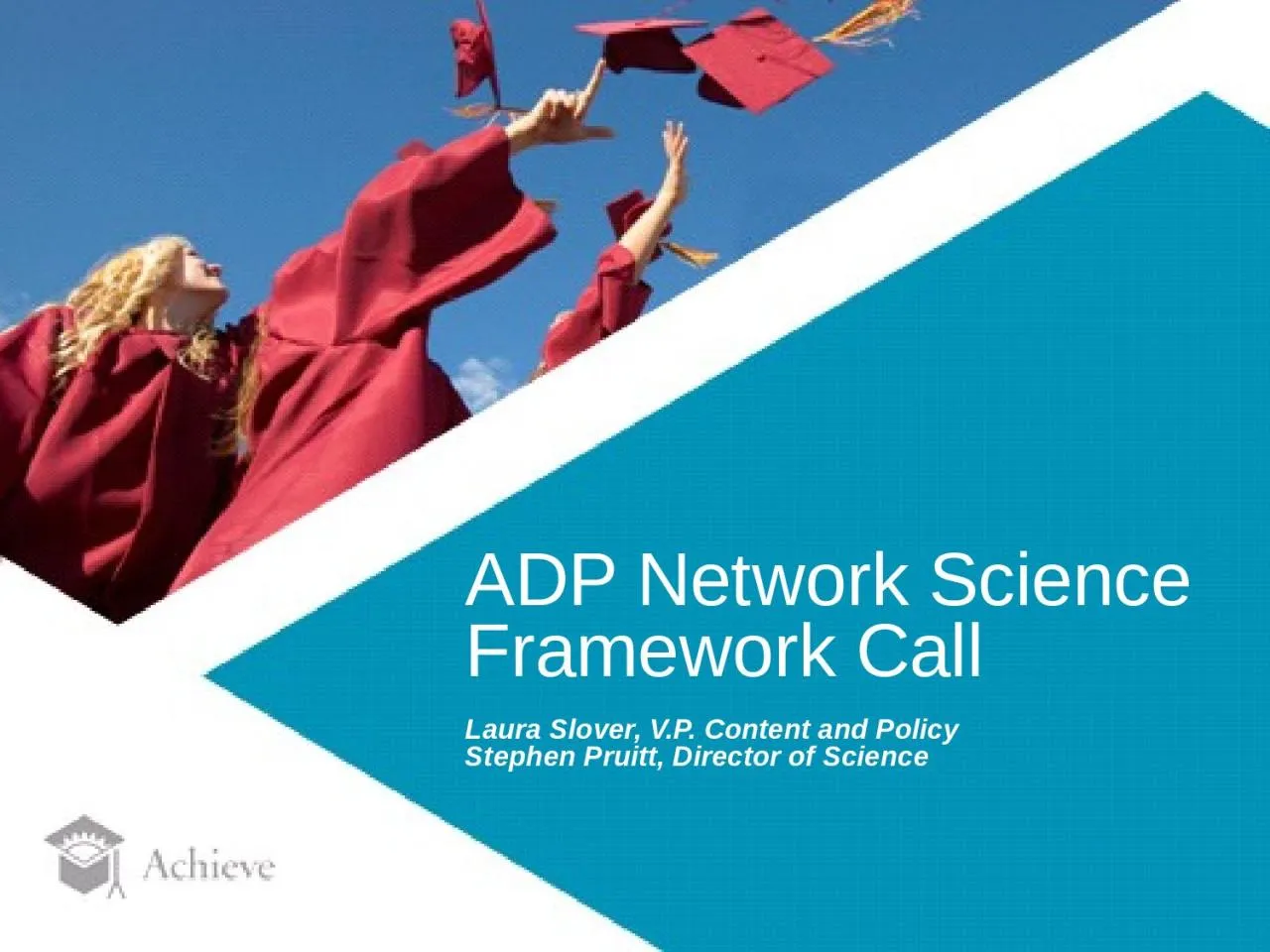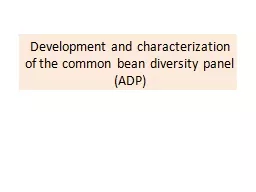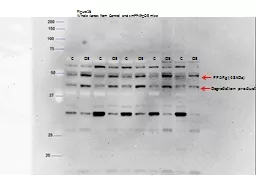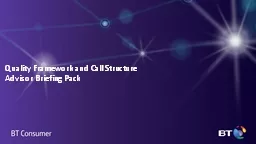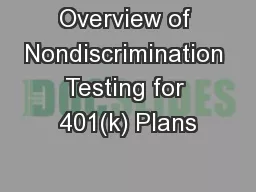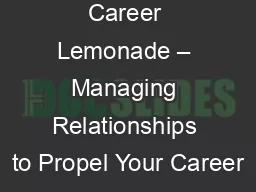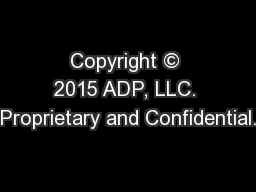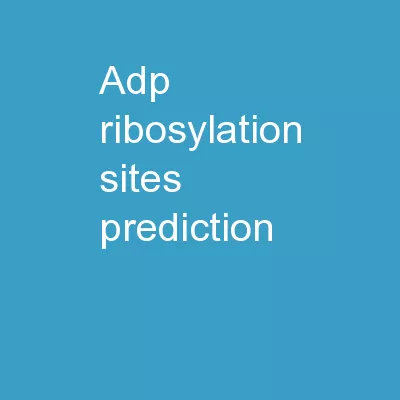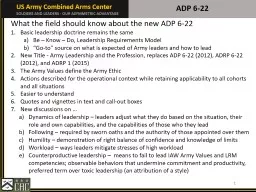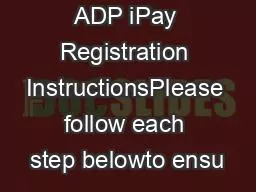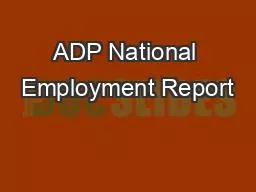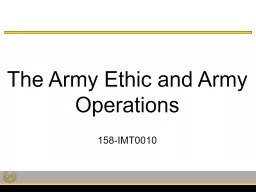PPT-8 1 Source: ADP Network Science Framework Call
Author : valerie | Published Date : 2022-06-07
Laura Slover VP Content and Policy Stephen Pruitt Director of Science Overview of the Conceptual Framework for Science and Next Generation Science Standards Development
Presentation Embed Code
Download Presentation
Download Presentation The PPT/PDF document "8 1 Source: ADP Network Science Framewor..." is the property of its rightful owner. Permission is granted to download and print the materials on this website for personal, non-commercial use only, and to display it on your personal computer provided you do not modify the materials and that you retain all copyright notices contained in the materials. By downloading content from our website, you accept the terms of this agreement.
8 1 Source: ADP Network Science Framework Call: Transcript
Download Rules Of Document
"8 1 Source: ADP Network Science Framework Call"The content belongs to its owner. You may download and print it for personal use, without modification, and keep all copyright notices. By downloading, you agree to these terms.
Related Documents

